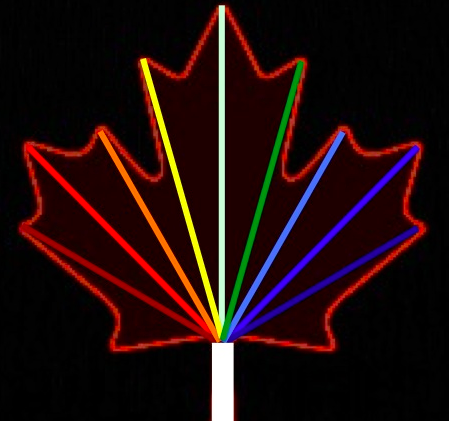Introduction
Astrophotonics is the happy marriage of astronomy/astrophysics and photonics.Astronomy is the scientific study of celestial objects outside the Earth's atmosphere. Astrophysics is the branch of astronomy that deals with the physics and physical properties of these celestial objects, such as their luminosity, age, and composition.
Photonics is the use of materials to manipulate light, involving emission, transmission, processing, and detection of light sources. It is the equivalent of electronics but applied to photons (both particle and wave) rather than electrons. The telecommunication and information technology revolution of recent decades is a direct result of advances in optics that have allowed higher bandwidths over longer distances. This in turn has ushered in the Information Age.
Astrophotonics is where these areas meet. And while the applications for astronomical equipment are many and varied, many of the devices developed through astrophotonics have applications in the wider world, in applications ranging from communications to medicine and beyond.
Astrophotonics at Maryland is a multi-faceted collaboration that involves the University of Maryland's College of Computer, Mathematical and Natural Sciences and the A. James Clark School of Engineering, along with the NASA Goddard Space Flight Center and the University of Sydney Institute for Astronomy and Institute of Photonics and Optics, and Macquarie University Australia Astronomical Optics. Led by Prof. Sylvain Veilleux from Maryland's Department of Astronomy (ASTR), the interdisciplinary team of several renowned experts in science and engineering (including a Nobel Laureate in Physics) has worked together for 20 years and has received worldwide acclaim during the last decade in particular for achievements in astrophotonics.
MAPL = The Maryland AstroPhotonics Laboratory

MAPL, the Maryland AstroPhotonics Laboratory, is located in the Jeong H. Kim Engineering Building on the campus of the University of Maryland. Co-directed by Profs. Sylvain Veilleux (ASTR) and Mario Dagenais (Electrical and Computer Engineering or ECE), MAPL is used for the testing, characterization, and integration of astrophotonic components fabricated in the FabLab of the Maryland NanoCenter.
On-Going: The Keck Photonic Spectrometer (KPS)
On-Going: Exploring Space Applications
Planned: The Maryland OH Suppression Infrared System (MOHSIS)
Future
- Astronomy: Next-generation fully photonic miniaturized filters, spectrometers, and nulling interferometers "on-a-chip" for Extremely Large Telescopes (ELTs) and Space Missions
- High-contrast (60-80 dB) NIR nulling interferometers
- High-resolution (R = λ / δ λ > 50,000 - 100,000) NIR spectroscopy
- Highly multiplexed UVOIR wide-field two-dimensional imaging spectroscopy ("integral field spectroscopy" or IFS)
- Highly multiplexed UVOIR multi-object spectroscopy (or MOS)
- High-contrast (60-80 dB) NIR nulling interferometers
- Other Applications
- Greenhouse gas measurements, biophotonics, biomedical analysis, microfluidics, petrochemistry, and telecommunication itself.
- Greenhouse gas measurements, biophotonics, biomedical analysis, microfluidics, petrochemistry, and telecommunication itself.
Return to home page of Sylvain Veilleux
